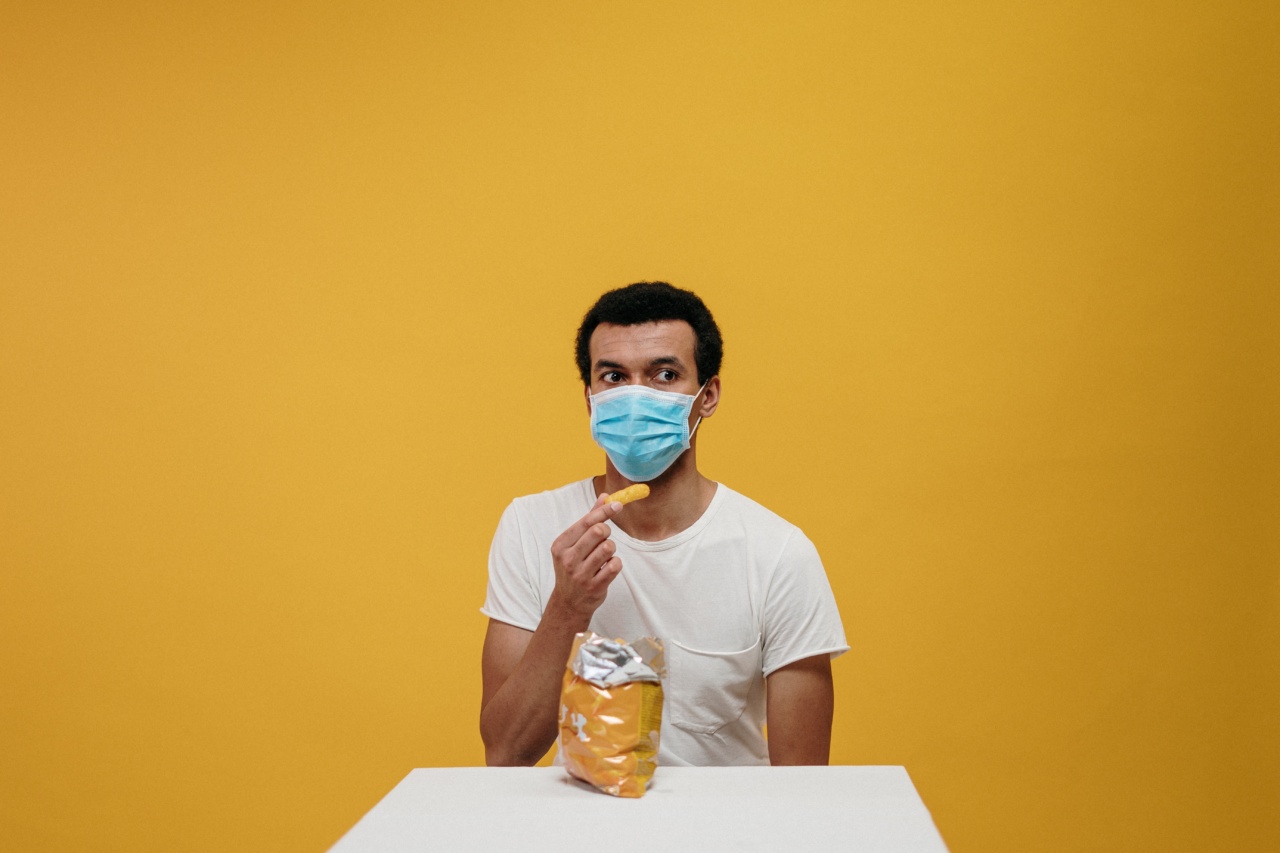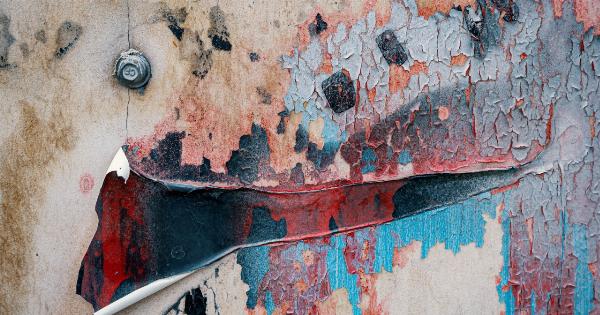Have you ever opened up a container of food, only to find a patch of mold growing on it? It can be a frustrating experience, especially if it was a dish you were planning on eating.
But is it still safe to consume moldy food? Let’s take a closer look.
What is Mold?
Mold is a type of fungus that can grow on a variety of surfaces, including food. It develops from tiny spores that can float through the air and land on a surface.
When the spores find a suitable environment (such as a moist or damp area), they can begin to grow into a visible mold patch.
Is Mold Dangerous?
While some types of mold are harmless, others can produce toxins (known as mycotoxins) that can be harmful to humans.
Symptoms of mycotoxin exposure can vary depending on the type of mold and the person’s sensitivity to it, but can include respiratory issues, headaches, and skin irritation. Those with weakened immune systems or lung problems may experience more severe symptoms.
When Should I Throw Away Moldy Food?
If you find mold on any type of food, it’s best to err on the side of caution and throw it away.
Some foods, like hard cheeses and cured meats, have had their surfaces inoculated with mold during production and are meant to be consumed with that mold. However, if you find mold on any other type of food, it’s best to assume that the mold has grown underneath the surface as well.
Even if you cut away the affected area, the mold may have already released spores throughout the food, making it unsafe to eat.
What Are Some Foods that are Prone to Mold Growth?
Some types of food are more susceptible to mold growth than others. Here are a few examples:.
- Bread and bakery products
- Nuts and seeds
- Fruits and vegetables
- Dairy products
- Meat and poultry
How Can I Prevent Mold Growth on Food?
Here are a few tips to keep in mind when storing food:.
- Make sure to store food in airtight containers to prevent mold spores from settling on the surface.
- Avoid storing food in moist or humid areas, such as the basement or a damp pantry.
- Check expiration dates on food and dispose of any expired items promptly.
- Inspect food regularly for signs of mold or spoilage. If you find mold, throw the food away.
What Should I Do If I Accidentally Eat Moldy Food?
If you’ve accidentally consumed moldy food, monitor your symptoms closely. If you experience any adverse reactions, such as nausea, vomiting, or diarrhea, contact your healthcare provider immediately.
If you have a severe reaction that includes trouble breathing or swelling of the face or throat, seek emergency medical attention.
Conclusion
Moldy food is not safe to eat, as it can contain harmful toxins that can lead to a variety of health problems. It’s important to take steps to prevent mold growth on food and to dispose of any moldy items promptly.
If you accidentally consume moldy food and experience symptoms, seek medical attention right away.




























